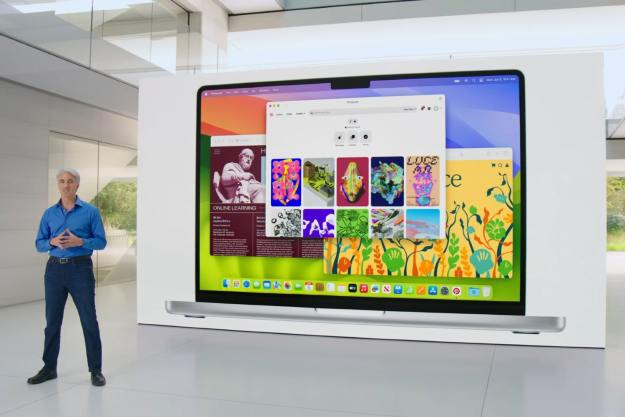Quantum computing, which uses the nature of quantum mechanics and the odd behavior of particles to promise incredibly powerful computers, is like traditional computing in one important respect. If you’re going to do anything with it, you need a programming language that can leverage its capabilities. Microsoft has its own version, Q# (pronounced “Q-sharp”), that it introduced late in 2017 on Windows and is now making available on MacOS and Linux as well.
As Ars Technica reports, Microsoft’s quantum programming offering is comprised of two elements. First, there is the Q-sharp language, which seeks to leverage the unique nature of quantum computing while bringing it to traditional programmers rather than just the quantum physicists working with quantum computer technology.
The second element is to make a quantum simulator available to run quantum programs. Given that quantum computer hardware is still in its infancy, there aren’t many opportunities to actually run quantum programs on live machines. Therefore, Microsoft is building a simulator to run quantum programs and help developers learn how to use and understand quantum computing.
There are two versions of the simulator. One runs on local machines and naturally be smaller and less powerful. It will also require a relatively powerful PC to run, as simulating 32 qubits (quantum bits) needs a full 32GB of RAM. Adding another qubit doubles the RAM needed, meaning that hardware requirements can quickly ramp up. To meet the needs of the most demanding programmers, Microsoft is also making available a more powerful cloud version of the simulator.
Of course, Microsoft is also one of the companies working hard on creating an actual quantum computer, in its case aiming using a “topological qubit” that is less demanding than some other designs in terms of the number of qubits needed for error-checking and correction, but unlike some other qubit designs still requires cooling to near-zero degrees and thus adds significant complexity.
For now, Microsoft is hoping to have a single qubit functioning by the end of 2018. In the meantime, developers will have access to Q-sharp and Microsoft’s simulator to start polishing up their quantum computing programming skills.
Editors' Recommendations
- The 6 key things Apple must fix in the next version of macOS
- I never knew I needed this mini Mac app, but now I can’t live without it
- As a recent Mac convert, here’s what has surprised me most
- 7 key settings in macOS Sonoma you should change right now
- All the best macOS Sonoma tips and tricks you need to know


